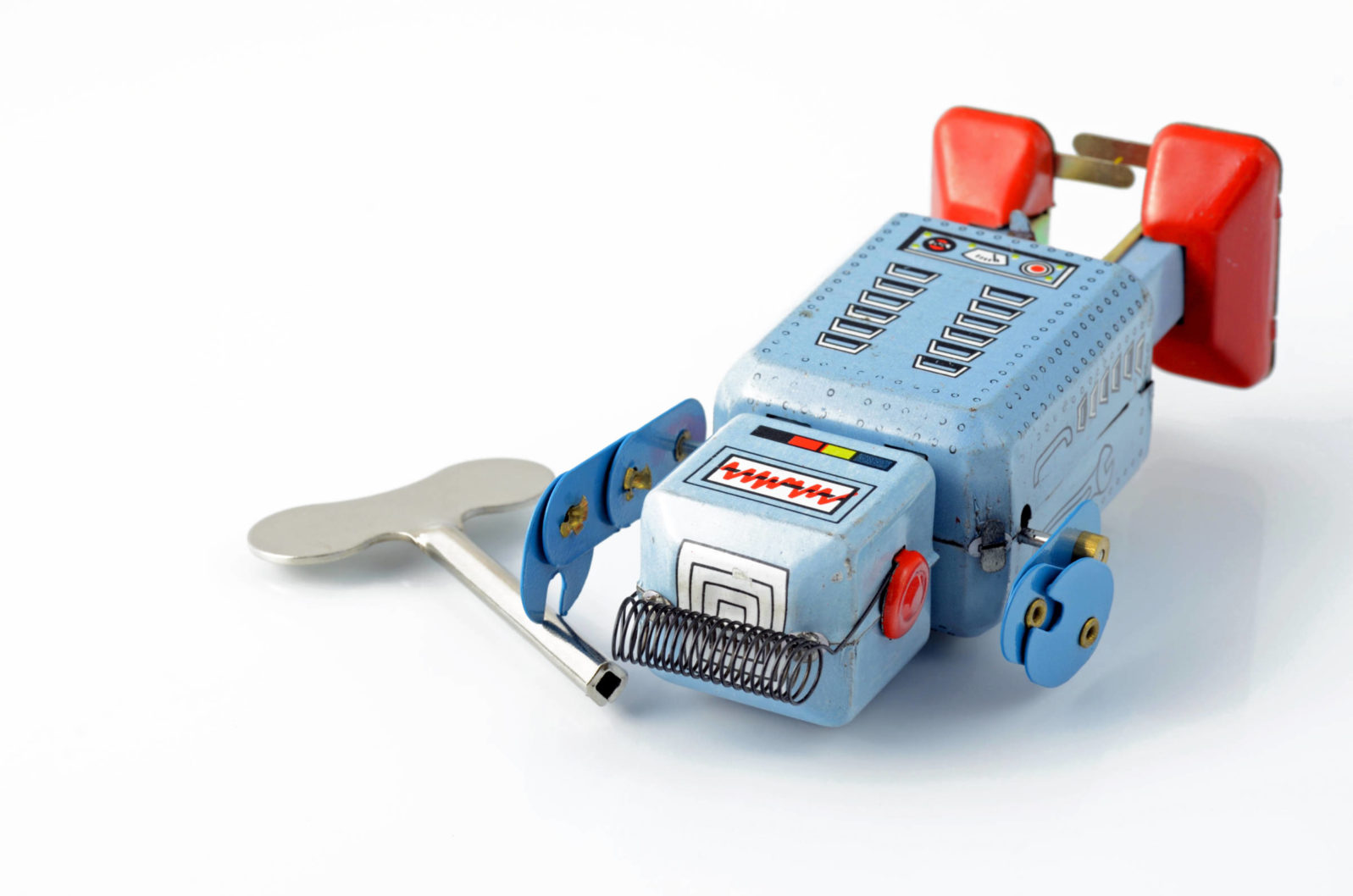Boeing Workers, Please Don’t Kick the Robot on Its Way Out
The jetliner manufacturer’s decision to give the robots’ job back to machinists underlines the hard realities of automation. For example, it doesn’t always workIn a story you don’t hear every day (and probably wasn’t written by a machine), Chicago-based jetliner manufacturer Boeing is replacing the robots that build two of the main fuselage sections for 777 and 777X jetliners with machinists. Robot error turned out to be a bigger problem than human error:
Instead, the Chicago-based planemaker will rely on skilled mechanics to manually insert fasteners into holes drilled along the circumference of the airplane by an automated system known as “flex tracks,” which it has honed over years of use on the 787 Dreamliner.
The shift to the new human-plus-machine system began during the second quarter and should be complete by year’s end, Boeing spokesman Paul Bergman said in a statement. Boeing doesn’t plan any change in total staffing for its 777 jetliners, which are manufactured in Everett, Washington, about an hour north of Seattle.
Julie Johnsson and Paul Shukovsky, “Boeing’s Humans Step In After Robots Fumble 777 Jet Assembly” at Bloomberg

What went wrong? Pretty much everything:
The technology was implemented gradually from 2015 inside a new building on the Everett site. But right from the start, the robots proved painful to set up and error-prone, producing damaged fuselages and others that were incompletely assembled and had to be finished by hand.
“FAUB is a horrible failure,” one mechanic told The Seattle Times in 2016. Another called the system “a nightmare” that was snarling 777 production. Yet Boeing insisted then that these were teething pains that would pass.
Dominic Gates, “Boeing abandons its failed fuselage robots on the 777X, handing the job back to machinists” at Seattle Times
From the sound of things, it was not just painful, it was getting expensive:
Though that may sound like a simple enough task, the robots couldn’t handle it and often damaged the fuselages like klutzes, leaving them incompletely assembled and requiring humans to cover for them. It costs the company millions. Boeing will now to use humans in their place, but will allow the robots to complete smaller-scale tasks like drilling holes and maybe vacuuming up afterwards.
Chason Gordon, “Boeing gives pink slips to robots, trying out ‘humans’” at MYNorthwest
Boeing continues to use automated systems that have performed consistently well in aircraft manufacturing and the 777X, the firm’s largest-ever jetliner, is on target for next year. (Bloomberg)
The MYNorthwest writer, who could hardly contain his glee at this development, chortled,
This is the second instance of bad news for robots in the past few months after Terminator: Dark Fate failed at the box office.
Chason Gordon, “Boeing gives pink slips to robots, trying out ‘humans’” at MYNorthwest
Now that is offside, Chason. The fuselage robots had nothing to do with the movie’s failure. As our film critic Adam Nieri has made clear, Dark Fate suffered at the box office from intrusive politically correct messaging. (Like so many politicians, it just got tedious after a while.)
Curiously, a similar misfortune to Boeing’s befell Tesla. Elon Musk’s original dream called for the Model 3 to be built almost entirely by robots:
He believed that automation would increase the speed and decrease the costs of his production line. However, as GM found out in the 1980s, when an automated line goes wrong, you wind up automating failure instead of success. Apart from the fact that the failure is happening on a bigger scale than formerly, you must freeze the entire production line while specialists determine its cause(s).
Full automation is possible but the time, money, and effort required to get it right usually don’t end up being worthwhile. It tends to work best with very mature production tasks where every possible contingency is well-known and well-accounted for.
Jonathan Bartlett, “Be choosy about what you automate” at Mind Matters News
Then there is the whole business of “artificial” artificial intelligence. Systems many people might think are automated are actually being done by fellow human beings working from home (Amazon’s Mechanical Turk, for example) or in developing countries:
Although you probably haven’t heard much about the 26-year-old single mother in the hi-tech news, Brenda is one of the intelligences behind artificial intelligence.
For $9 a day, Brenda, who lives in the slum district Kibera in Nairobi, helps code information for self-driving cars, along with a thousand co-workers, for San Francisco-based Samasource (founded 2008) …
Samasource, one of whose purposes is to provide jobs for disadvantaged people, provides data to firms like Google, Microsoft, and Yahoo. In urban Kenya, as in much of Africa, digital literacy is high but has largely bypassed the PC era, primarily through the use of cell phones. Although $9 a day seems very low pay, it is a step up from the $2 a day which is common in Brenda’s subsistence economy surroundings. High-tech industry work is often a stepping stone to better jobs as well.
“Meet the everyday people behind AI” at Mind Matters News
Automation, it turns out, is not magic. Jonathan Bartlett, who has automated many processes, likes to say. “The First Rule of Automation is, be choosy about what you automate.”
Further reading: Artificial artificial intelligence: What happens when AI needs human I?
